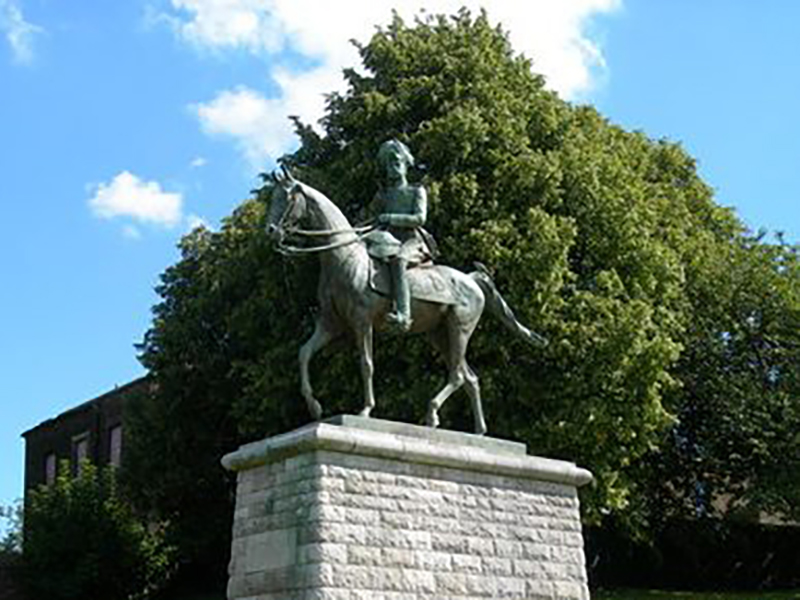Introduction
The statues mapped across Britain and France as part of the Cast in Stone project have frequently been the source of controversy for their links to slavery, colonialism and racism. In this blog post, however, I would like to use colonial statues to open up a different set of conversations arounds gender and masculinity in postcolonial Britain. For if ‘everyday life is an arena of gender politics, not an escape from it’, as R. W. Connell put in in their pathbreaking work Masculinities (2005), then we need to interrogate public space as a key site in which masculinities, old and new, are represented, performed, and negotiated with across contemporary British life.
